
I was here only for a day in this region; which was appropriate too for this is the gateway to most of the sightseeing spots in Japan.

It was a memorable and peaceful walk down the streets after our meetings to enjoy the beautiful and quiet town of Nagano; neatly lined by the beautiful blooms and the unique oriental designs of the homes and shops.

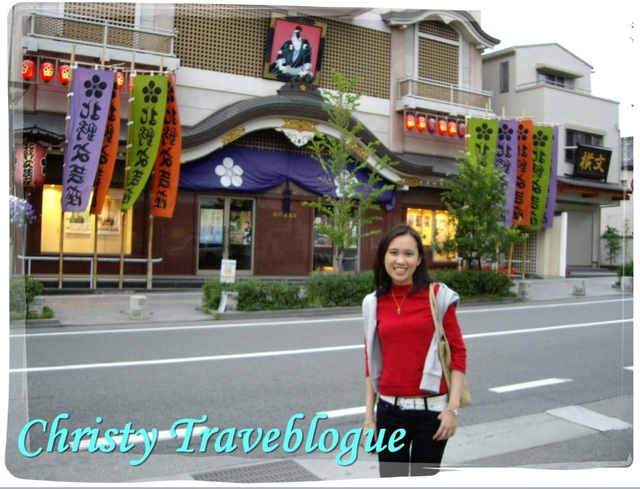

(The streets were quite empty and quiet although it was only slightly after 5.30pm; but it got dark really quickly)
The architectures and designs of the houses and shops along the street were strong reminders of the oriental culture and heritage which we Asians have been proud of.

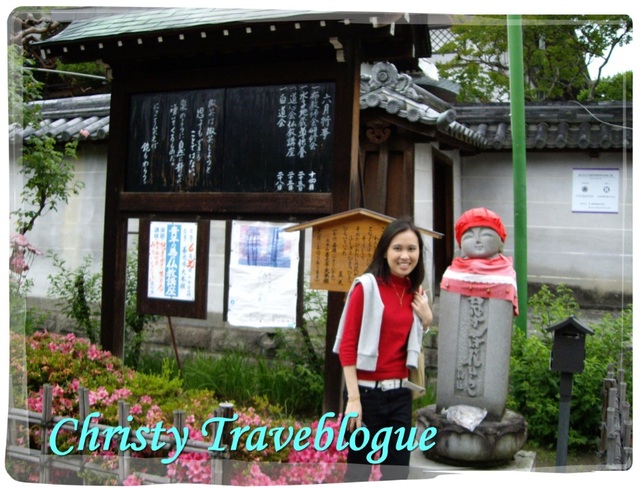
The famous landmark in Nagano-shi has to be the Zenkoji temple, and it was not that long of a walk for me to reach this symbolic temple.

At the Niomon Gate
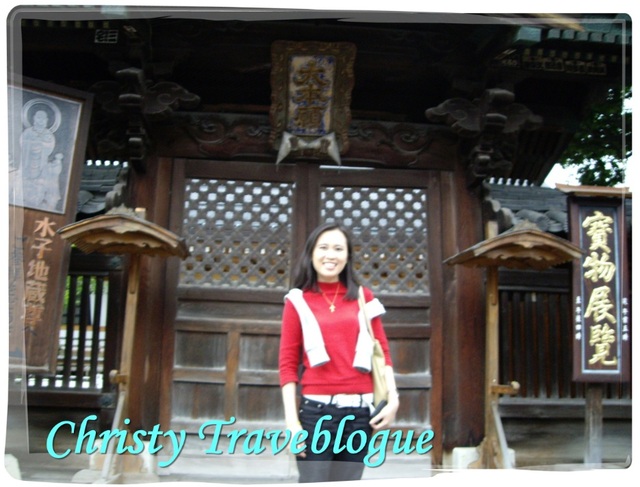
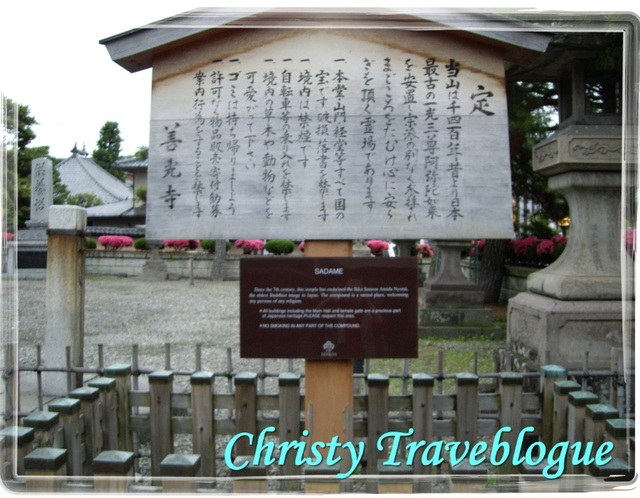
The history of the temple; as taken from wikipedia
Zenkō-ji (善光寺?) is a Buddhist temple located in Nagano, Japan. The temple was built in the 7th century. Nagano City, established in 1897, was originally a town built around the temple. Historically, the Zenkō-ji is perhaps most famous for its involvement in the battles between Uesugi Kenshin and Takeda Shingen in the 16th century, when it served as one of Kenshin's bases of operations. Currently, the Zenkō-ji is one of the last few remaining pilgrimage sites in Japan.
Zenkō-ji was founded before Buddhism in Japan was split into several different sects, so it currently belongs to both the Tendai and Jodo Shu schools of Buddhism, and is co-managed by twenty-five priests from the former school, and fourteen from the latter. The temple enshrines images of the Amida Buddha. According to legend, the image, having caused dispute between two clans, was dumped into a canal. It was later rescued by Yoshimitsu Honda. The temple was thus named "Zenkō," according to the Chinese transliteration of Yoshimitsu's name.
The main Buddhist image is a hibutsu (secret Buddha), a hidden Buddha statue, not shown to the public. This hibutsu is rumored to be the first Buddha statue to ever be brought to Japan. The commandments of the temple require the absolute secrecy of the statue, prohibiting it to be shown to anyone, including the chief priest of the temple. However, a replica of the statue (Maedachi Honzon) has been created which can be shown publicly once every six years in spring, in a ceremony called Gokaichō. This event attracts many worshippers and visitors. When the statue was on display in 2003, Zenkō-ji cooperated with Motozenkō-ji and Zenkō-ji of Kofu, Yamanashi Prefecture. The most recent display of "Maedachi Honzon" took place in April and May, 2009.
The temple contains a statue of Binzuru, a physician who was said to be Buddha's follower. Visitors to the temple touch the statue in order to cure their ailments. The temple also contains an inner prayer chamber, accessible to visitors. Currently, a daily morning ritual is held there by the high priest or priestess. From the inner chamber, a narrow staircase leads down to a completely dark corridor. In this corridor worshippers try to touch a metal key hanging on the wall, in order to gain enlightenment. The key represents the Key to the Western Paradise of the Amida Buddha.
The Main Hall
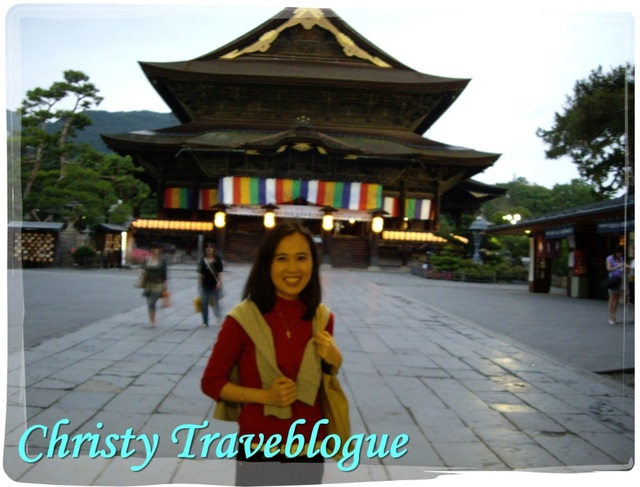
After dark
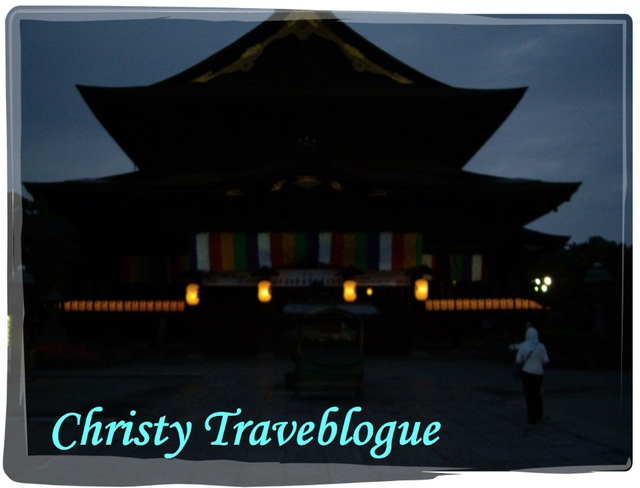
The Nio guardians at the Niomon Gate

The Nio guardians were believed in the Buddhism context to protect from enemies or evil spirits.
I spotted some of these straw shoes with messages written on them; perhaps they were prayers offered by the locals to ward off evil? (I am not sure about these, need some local Japanese to shed some light on this)
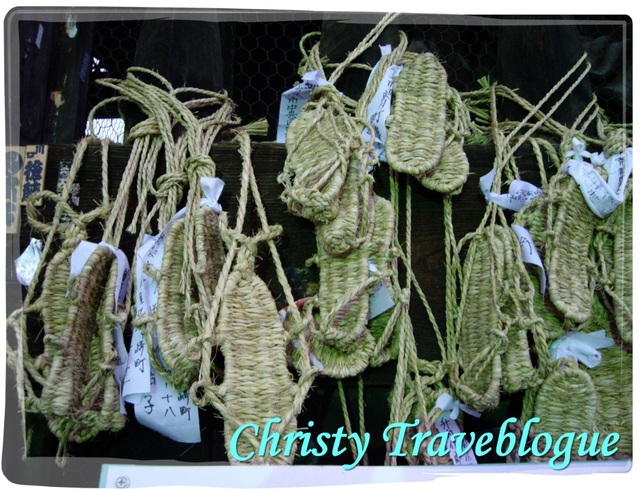
These structures resemble structures of the Bodhisattvas
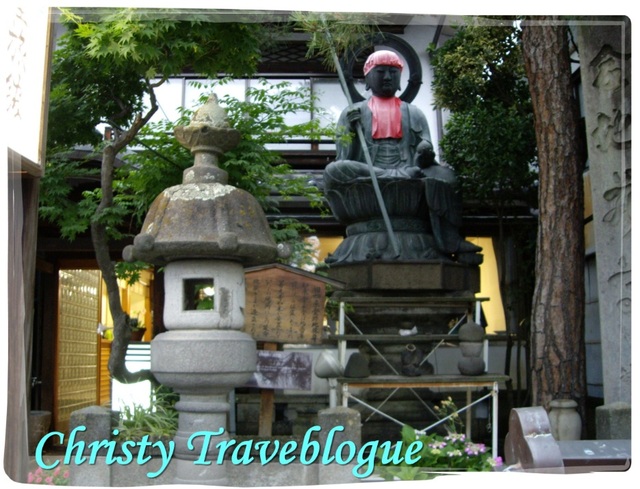
Most of the sections of the temple were closed when I was there, but I was still impressed with the peace and serenity surrounding the worship grounds.
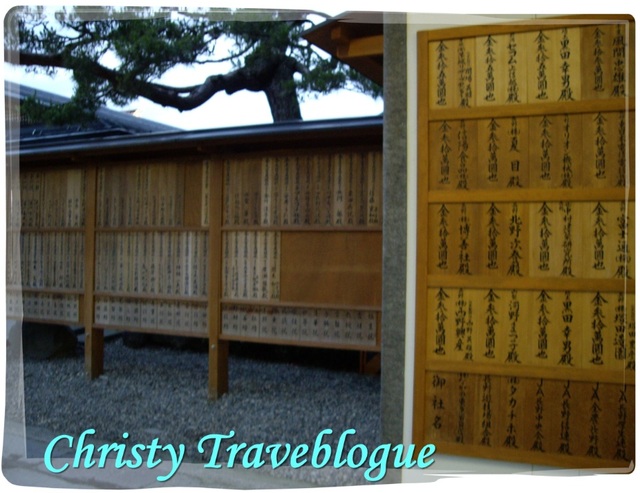
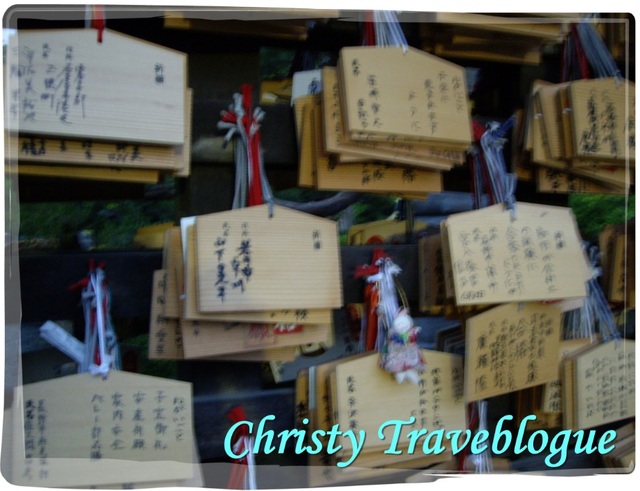
There is even a souvenir vending machine available

Dinner was at a bistro restaurant nearer to the town of Nagano; where we stayed and along the way, there were also shops still open for business

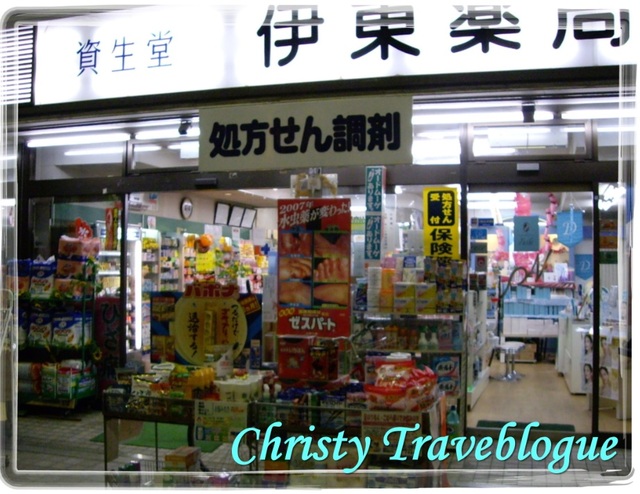
Dinner
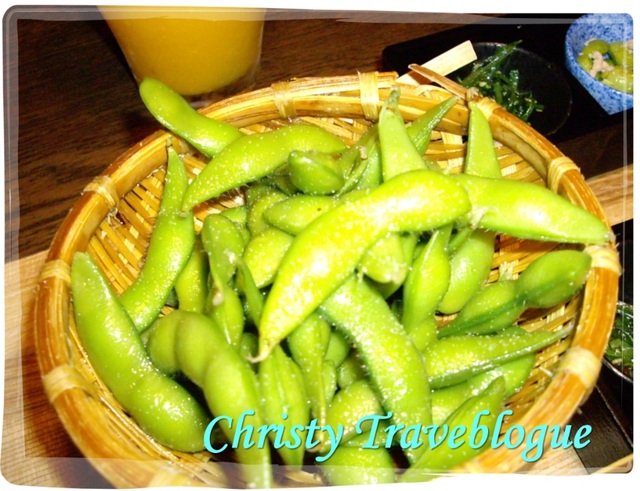


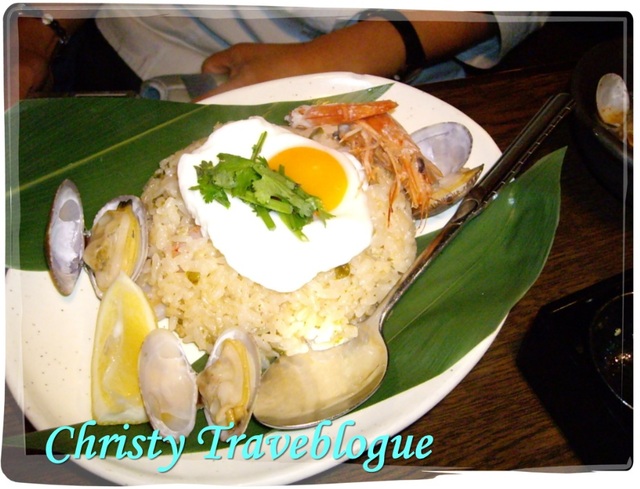

Hitting the road next to head to the capital of Japan...

No comments:
Post a Comment